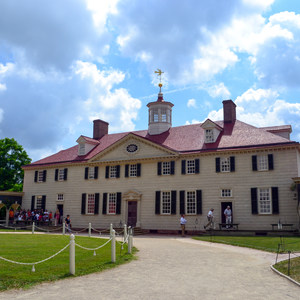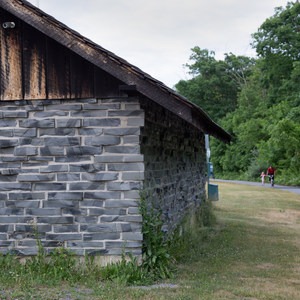You are here
The setting for an infamous Civil War battle in 1861, and again in 1862, Manassas National Battlefield Park is rich in American history. Located about 30 miles southwest of Washington D.C., Manassas “Bull Run” Battlefield played host to two major battles in the American Civil War.
After the Confederates captured Fort Sumter in the first official military action of the Civil War, the Union army, under the command of General McDowell, marched south from Washington D.C. to silence the Confederates and bring the war to what they thought would be a quick end. The Confederate troops were assembled around a key railroad junction in Manassas, Virginia, and the Union looked to confront them. In the morning hours of July 21, 1861, the two sides clashed in the first major battle of the American Civil War. The battle was all but won for the Union army, until Confederate reinforcements arrived under command of General Thomas Jackson. It was on this battlefield that the famous Confederate general earned his nickname, “Stonewall,” as he stood tall and fierce leading his soldiers onto the battlefield and to a victory for the Confederates. The battered Union army retreated to the defenses of Washington. Along the way, they shared the road with the carriages of the many businessmen and politicians that had traveled down from the capital to watch what was sure to be a Union victory.
In August of 1962, the Civil War found its way back to Manassas. After a failed attempt by the Union forces to capture the Confederate capital at Richmond, the two armies met once again on the fields of Manassas. The Union army, under the command of George McClellan, faced another defeat at the hands of the Confederacy, now lead by General Robert E. Lee. The Confederate victory paved the way for their invasion of Union territory north of the Mason-Dixon line.
Today the remnants of the battles remain in the recreated artillery lines and preserved historic buildings. Visitors can explore the rolling hills and forests where the battles were fought. The First and Second Manassas Trails allow visitors to walk through the significant spots of each campaign, learning at historical markers and informational signs along the way. These trails are popular for hikers, trail-runners and equestrians. Several times a year, the battlefield comes alive once again through the parks living history program; a series of live reenactments. These reenactments are a great way to experience the sights and sounds of these battles and what they might have been like to live through. The park is free to the public.








Comments
Sign In and share them.